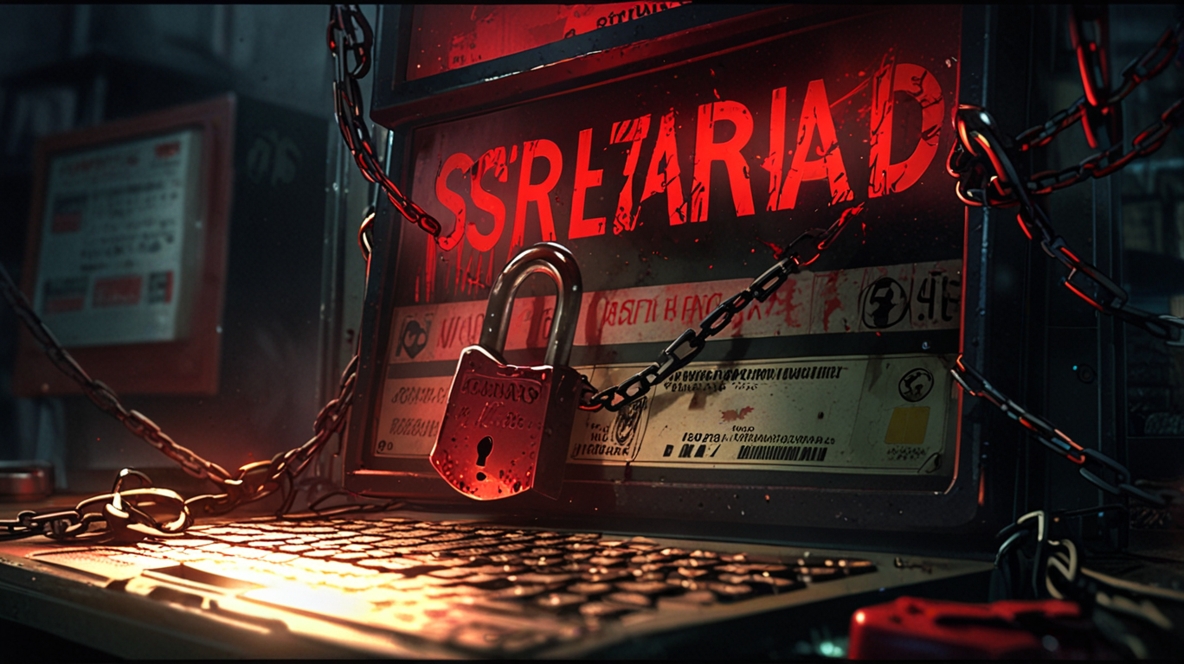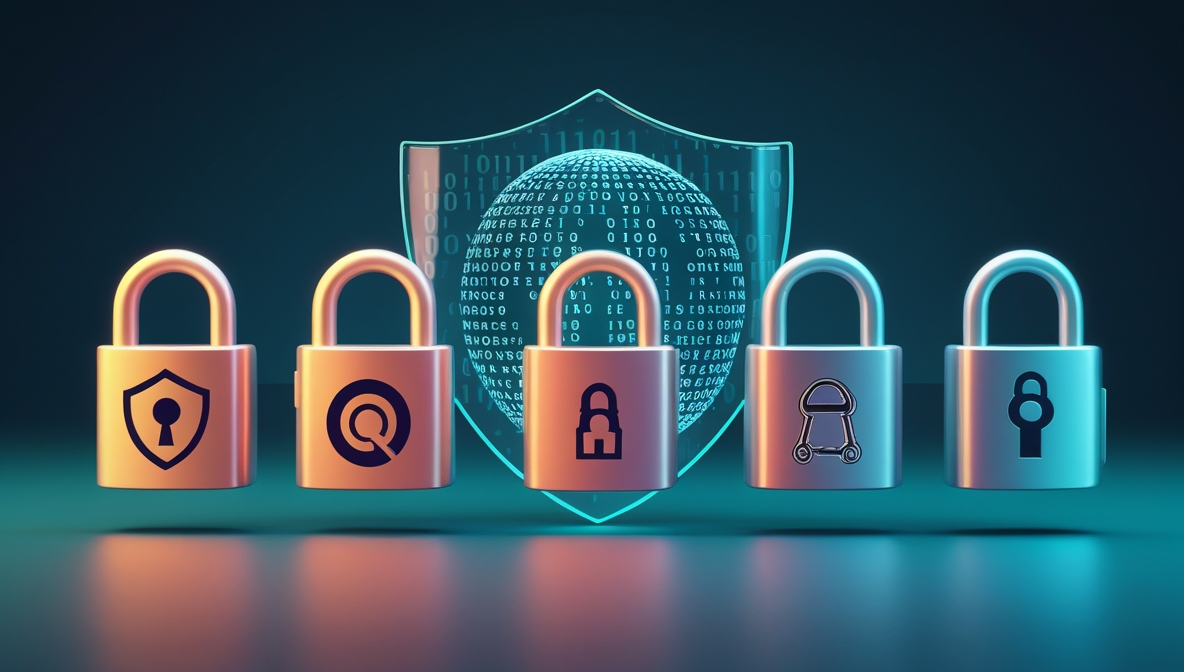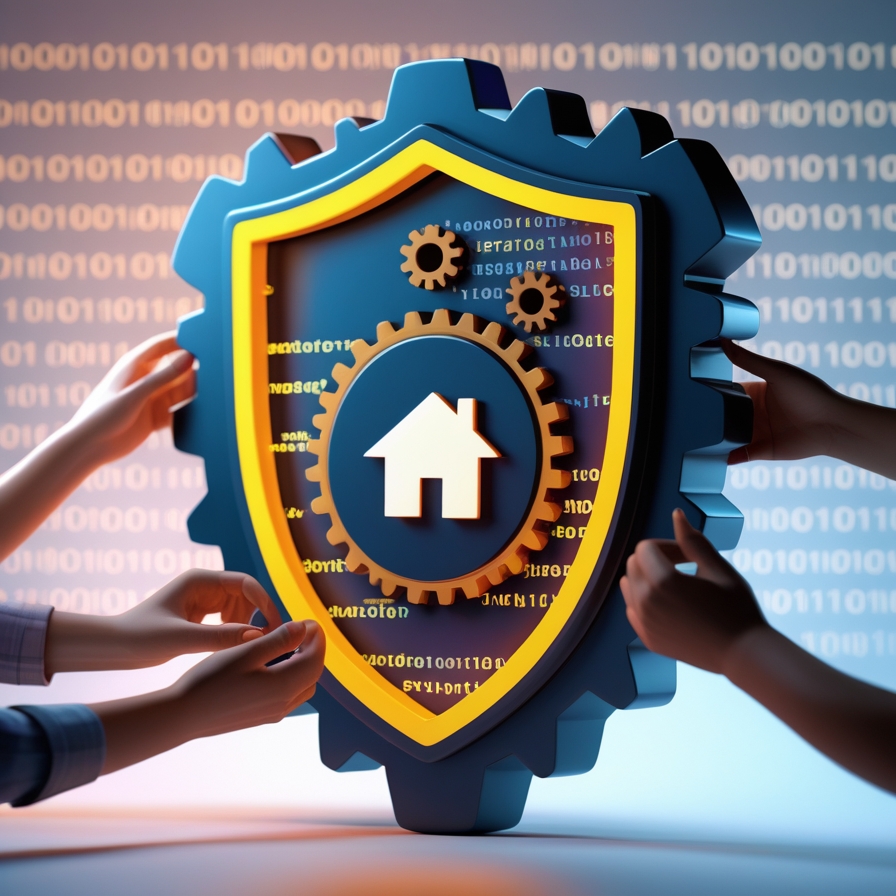Understanding the Surge in Ransomware Attacks
Ransomware attacks have evolved into one of the most pressing cybersecurity threats facing individuals, corporations, and governments worldwide. These malicious attacks involve hackers encrypting a victim's data and demanding payment—typically in cryptocurrency—in exchange for the decryption key. Over the past few years, we've seen a staggering increase in the frequency, scale, and sophistication of ransomware campaigns.
The exponential rise in ransomware is fueled by several factors, including the proliferation of Ransomware-as-a-Service (RaaS) platforms, weak cybersecurity infrastructure, and the lucrative payouts cybercriminals receive. As attackers exploit vulnerabilities across all sectors, organizations must urgently recognize the escalating threat landscape and adopt a proactive stance.
Key Targets and Sectors Under Siege
While no entity is immune, ransomware operators tend to prioritize sectors with high-value data and limited downtime tolerance. These include:
-
Healthcare: Hospitals and clinics are frequent targets due to their reliance on immediate data access. A compromised electronic health record (EHR) system can jeopardize patient care.
-
Finance: Financial institutions store sensitive information and often pay ransoms quickly to minimize operational disruption.
-
Education: Schools and universities, often lacking robust cybersecurity, present soft targets with valuable personal and academic records.
-
Government Agencies: From municipalities to federal agencies, public sector organizations are repeatedly targeted due to bureaucratic inefficiencies and outdated systems.
-
Critical Infrastructure: Energy, water supply, and transportation systems face increased threats due to their importance and vulnerability.
How Ransomware Operates: A Step-by-Step Breakdown
Ransomware attacks are not random. They follow a well-structured kill chain designed to ensure maximum impact and profit. Here's how they typically unfold:
-
Initial Access: Attackers gain entry through phishing emails, malicious attachments, or exploiting unpatched software vulnerabilities.
-
Establishing Foothold: Once inside, they install tools for persistence and begin lateral movement across networks.
-
Privilege Escalation: Cybercriminals escalate privileges to gain admin-level access and disable antivirus programs and backup systems.
-
Data Encryption: Files across the network are encrypted, rendering them inaccessible to users.
-
Ransom Note Delivery: A ransom demand is displayed, often with deadlines and threats of data exposure or permanent deletion.
The attack concludes when the ransom is paid, although payment does not guarantee data recovery. Increasingly, double extortion tactics are used—where attackers also exfiltrate data and threaten to publish it online.
The Rise of Ransomware-as-a-Service (RaaS)
A critical development fueling the ransomware epidemic is the emergence of Ransomware-as-a-Service platforms. In this model, skilled developers create ransomware kits and lease them to affiliates who execute attacks. The profits are shared, creating a thriving cybercriminal economy.
This democratization of ransomware means that even individuals with minimal technical expertise can carry out highly effective attacks. Popular RaaS groups like Conti, LockBit, and BlackCat have raked in millions, targeting everyone from small businesses to multinational corporations.
Notable Ransomware Attacks That Shook the World
Several high-profile attacks have underscored the catastrophic potential of ransomware:
-
Colonial Pipeline (2021): This attack disrupted fuel supplies across the U.S. East Coast, leading to panic buying and fuel shortages.
-
JBS Foods (2021): The world’s largest meat supplier paid $11 million to resolve an attack that impacted its operations in multiple countries.
-
Baltimore City (2019): The city government was paralyzed for weeks, with losses exceeding $18 million in ransom and recovery costs.
-
NHS UK (2017): The WannaCry attack caused massive disruption across the UK’s National Health Service, affecting over 80 hospitals.
These incidents reveal how ransomware can cripple vital services, leading to real-world consequences far beyond digital boundaries.
Ransomware Trends and Innovations in 2025
Ransomware continues to evolve. Key trends observed this year include:
-
Triple Extortion: Beyond encrypting and leaking data, attackers now target customers and partners of the victim.
-
AI-Powered Attacks: Cybercriminals are beginning to use machine learning to improve target selection, phishing realism, and malware evasion.
-
Mobile Ransomware: Increasingly, smartphones are being targeted, especially Android devices with outdated security patches.
-
Cross-Platform Attacks: Malware that infects both Windows and Linux systems, expanding the attack surface.
-
Data Wipers Masquerading as Ransomware: In some cases, ransomware is used as a smokescreen while data is irreversibly destroyed for geopolitical motives.
Why Paying the Ransom is a Risky Strategy
Many victims feel compelled to pay the ransom to resume operations, but this approach is highly discouraged by cybersecurity experts and law enforcement. Paying the ransom:
-
Does not guarantee data recovery
-
Encourages future attacks
-
May violate regulations if funds are sent to sanctioned entities
-
Fails to fix the underlying vulnerability
Instead, organizations must focus on robust prevention, detection, and response protocols to avoid becoming victims in the first place.
How to Protect Against Ransomware Attacks
Prevention remains the most effective strategy against ransomware. Key protective measures include:
1. Backup and Recovery
Maintain frequent, offline, and encrypted backups. Regularly test recovery procedures to ensure business continuity.
2. Patch Management
Apply security updates promptly to close known vulnerabilities in software, operating systems, and applications.
3. Employee Training
Educate staff to recognize phishing emails, suspicious links, and social engineering tactics. Human error remains a primary entry point.
4. Endpoint Protection
Deploy advanced antivirus, anti-malware, and EDR solutions that can detect and block ransomware in real time.
5. Network Segmentation
Isolate critical systems to prevent lateral movement. Use firewalls and micro-segmentation to limit an attacker’s reach.
6. Zero Trust Architecture
Implement Zero Trust principles, assuming breach by default and verifying all network activity.
7. Incident Response Planning
Create a comprehensive incident response plan with designated roles, clear protocols, and legal considerations for ransomware scenarios.
Government and International Response Efforts
Governments around the world are stepping up their fight against ransomware. Initiatives include:
-
U.S. Cybersecurity and Infrastructure Security Agency (CISA) publishing ransomware readiness guides.
-
International law enforcement collaborations, like Europol and Interpol, taking down RaaS operations.
-
Mandatory breach reporting laws that improve visibility and early warning systems.
Despite these efforts, private organizations must lead with resilience, as attackers will always exploit the weakest links.
The Future of Ransomware Defense
The future of cybersecurity requires a shift from reactive to proactive, predictive defense models. This includes:
-
Threat intelligence integration to anticipate attack patterns.
-
AI-driven anomaly detection to recognize threats in real time.
-
Collaborative defense ecosystems, where private and public sectors share data and resources.
Ransomware is not just a cyber threat—it is a business disruptor, reputational hazard, and national security concern. As the stakes grow higher, investment in cybersecurity is no longer optional; it's imperative.




